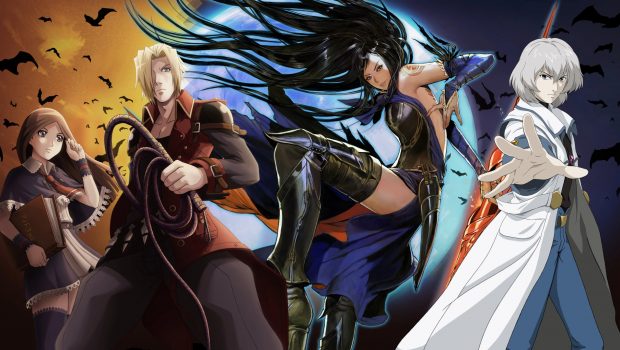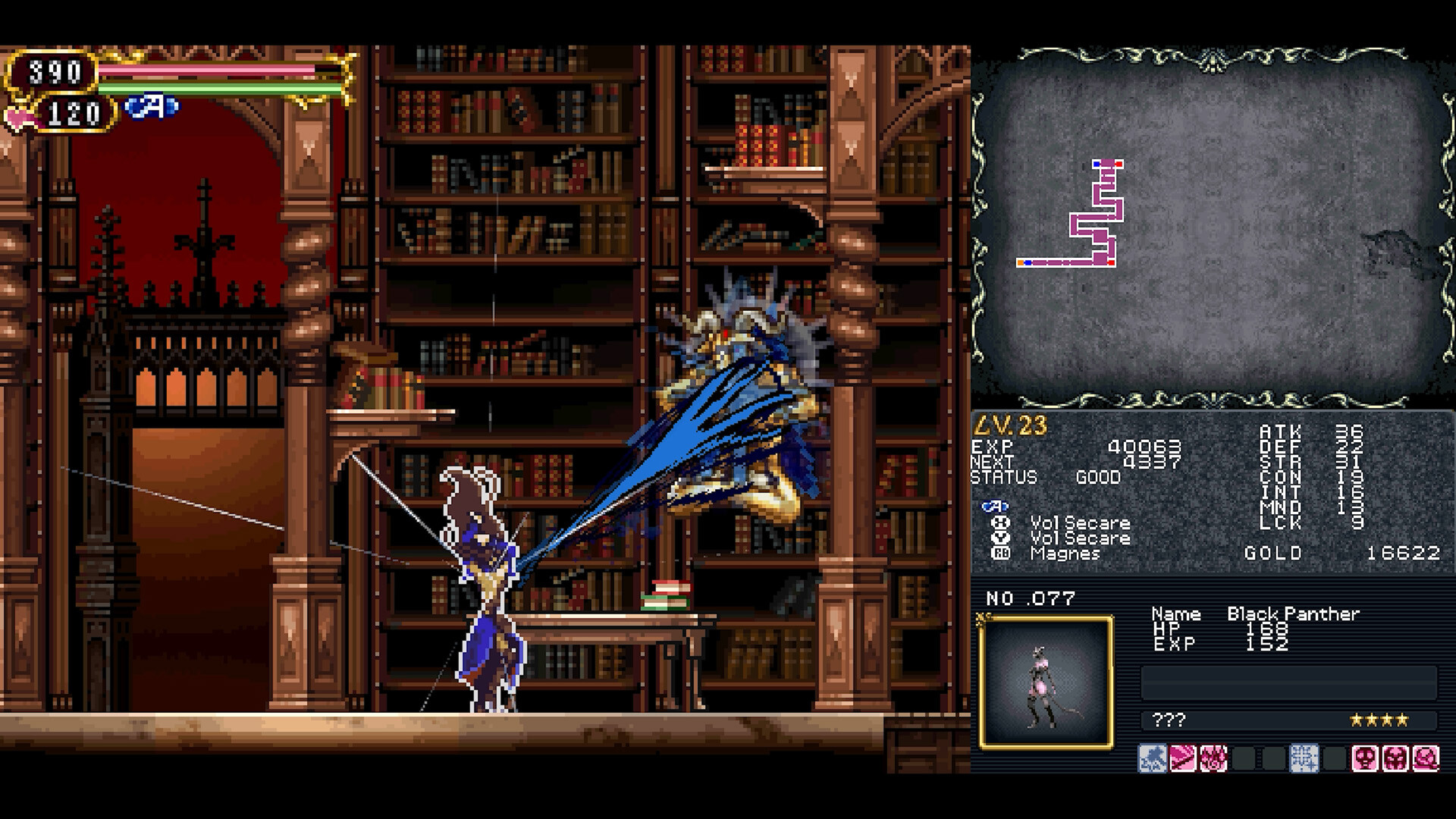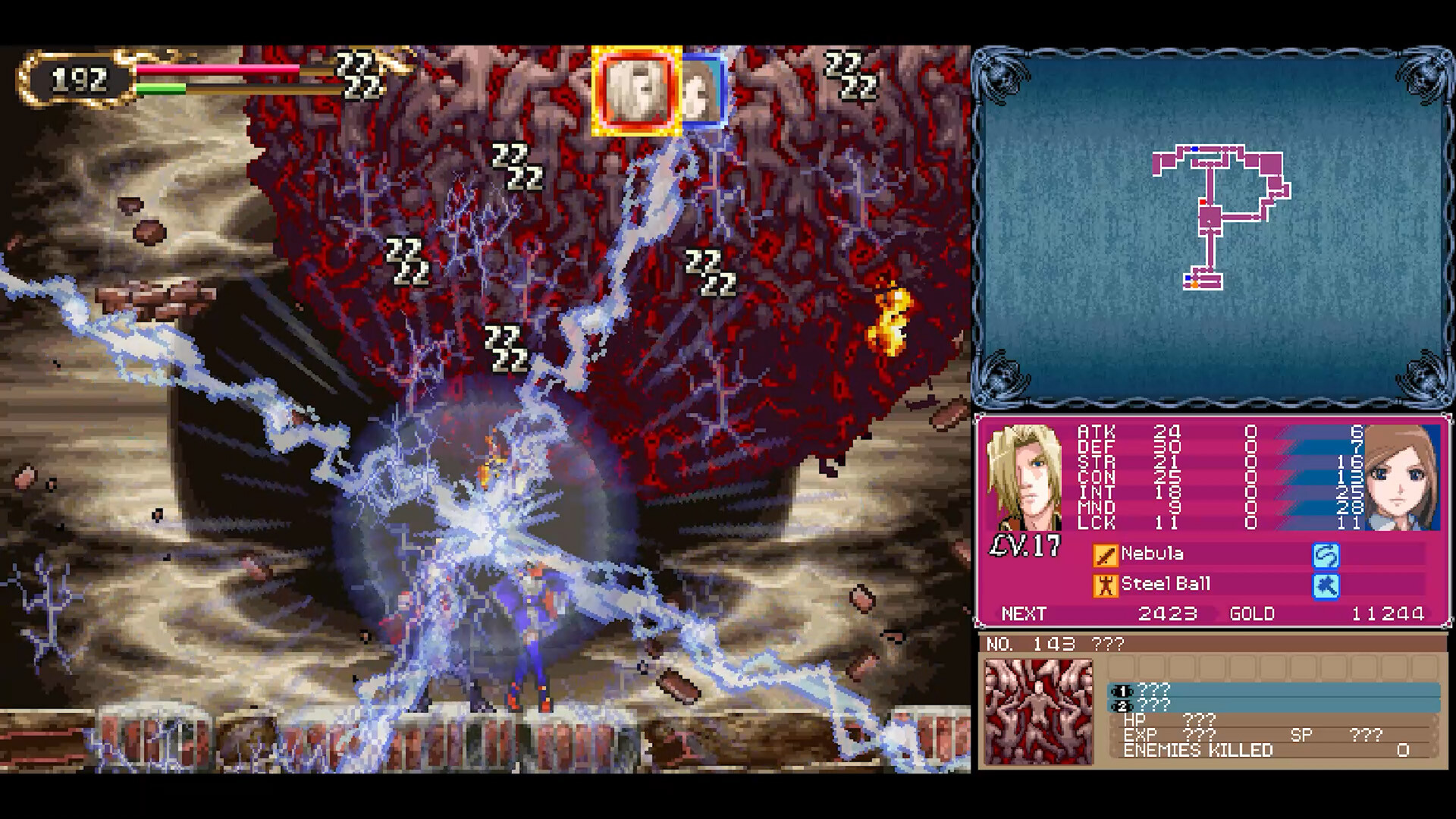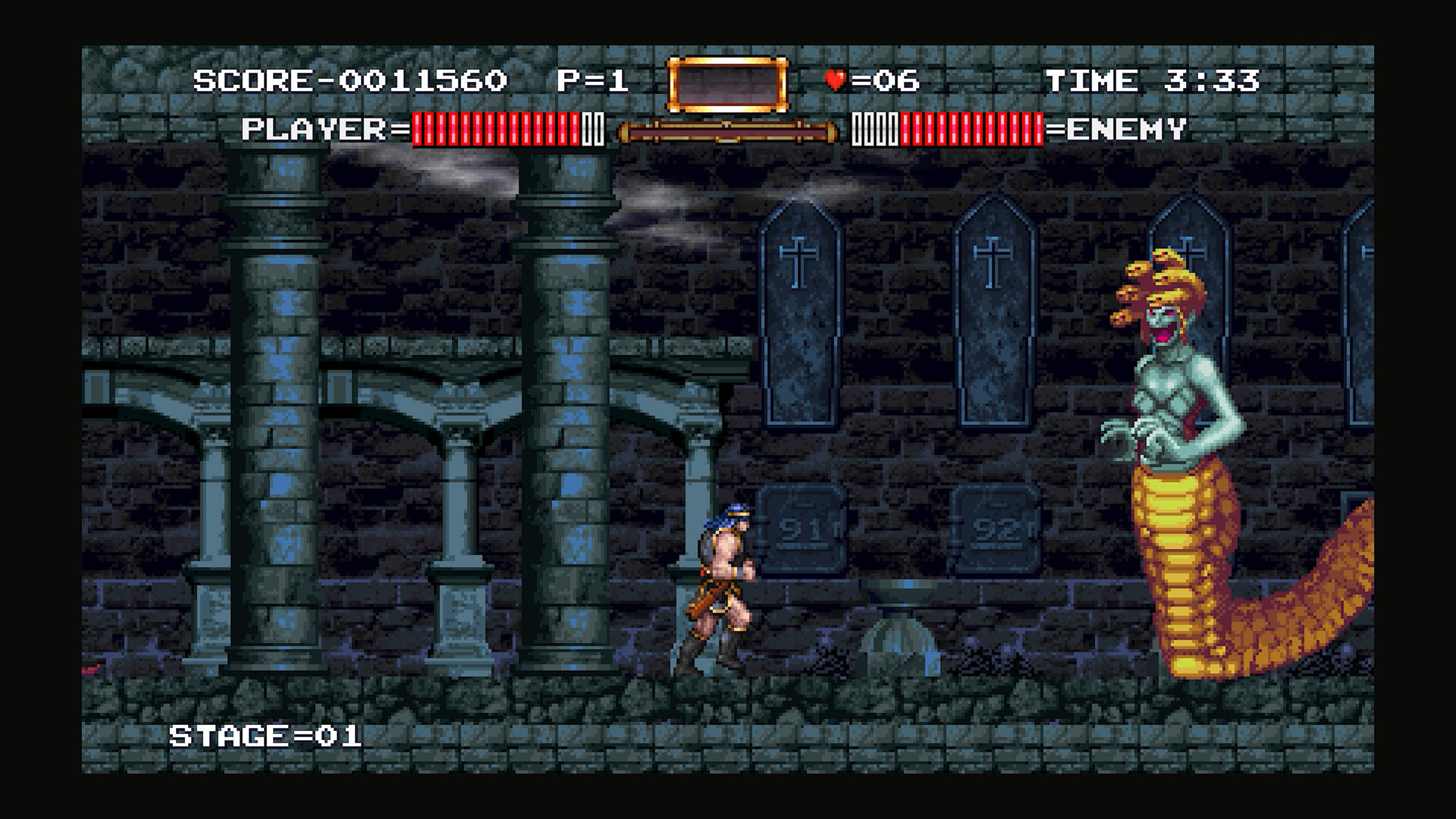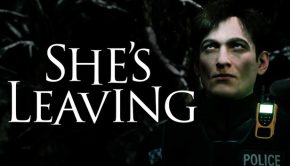Castlevania Dominus Collection Review
Summary: Another phenomenal collection of Castlevania classics.
4.3
Symphony of Delight
Symphony of the Night is generally regarded as the pinnacle of the Castlevania series, and rightfully so. It rocks.
But what about the games that came after it? Following on from the mostly decent Castlevania titles for the GBA, Konami graced the DS with a trilogy of titles that took the blueprint laid down by SoTN, and the best features of Nintendo’s classic handheld in an attempt to eclipse the game that put the Vania into Metroidvania.
With the Castlevania Dominus Collection, Konami has taken these dual-screen classics, stripped out the touch controls (unless you have a Switch or a Steam Deck), and squeeze all the action into a single screen.
On paper at least, this sounds like a terrible idea, but somehow it works. The action is on the left and the map and character info is on the right. But you can move the screens around if you want it to look more like the original DS titles. But to be honest the default setup is the best one.
Firing up The Dominus Collection you’re presented with the games in chronological order (within the series narrative).
Starting with the final game released in the DS trilogy, 2008’s Order of Ecclesia, which is supposed to be the follow-up to Symphony of the Night (narratively speaking anyway). After the Belmont clan vanishes, a new order of vampire hunters steps into the fray to stop Dracula from rising again. As Shanoa, a member of the titular Order of Ecclesia, you are tasked with tracking down a stolen collection of magical glyphs that if used properly could destroy Dracula for good.
Though a little more linear than the other games in the Dominus collection, Ecclesia is a decent attempt to push the series past its whip-cracking roots (for a start there’s no whip) and try something a little different with the glyph system that sees you equip different sigils collected from defeated enemies and overcoming challenges to Shanoa’s back and arms to create different types of attacks. There are 100 to collect, including dozens of weapons, magic spells, and straight buffs.
It’s a fun system and experimenting with new glyphs to see what works for you and finding powerful combined attacks based on your loadout adds to the enjoyment.
Next up is Portrait of Ruin. Set during the dying days of World War 2, players take on the dual roles of Charlotte and Johnathon. Expanding on the Julius mode from Dawn of Sorrow, Portrait of Ruin sees the pair work together to battle the forces of darkness and solve puzzles with players able to freely switch between the two main characters as well as have them team up to use powerful Dual Crush Combination attacks.
Meanwhile, the haunted painting schtick helps give Portrait of Ruin a more diverse set of locales than your average Castlevania since each canvas our heroes dive into in Dracula’s ghoulish gallery sends them to a new and unique place.
Though mechanically, it’s probably the least creative of the trilogy what it lacks in gimmickry it makes up for in style and level design, and it is still a superb followup to Castlevania Bloodlines.
Then, there’s Dawn of Sorrow, this futuristic follow-up to Aria of Sorrow leaned most into using the unique features of the DS, as returning hero Soma, now defeats bosses by creating Magic Seals by drawing on the touch screen. Though these controls are the same on both the Switch and Steam Deck versions of the game (in handheld mode at least), on home consoles this is replaced by either holding down a trigger and moving a cursor or on the PS5, using the trackpad.
It doesn’t always work as well as it could but it’s still a nice touch. Regardless, Dawn of Sorrow remains a strong handheld entry in the series.
Finally, for reasons known only to the gaming gods, and even they’re baffled by this, there is also a remake of the notoriously terrible Castlevania coin-up Haunted Castle.
Most shocking though, it’s a decent reimagining of the 1987 arcade port of the original Castlevania featuring an art style that wouldn’t be out of place on the PS1.
The joystick snapping difficulty has been toned down substantially, the waves of cheap enemies and traps replaced with new collectible weapons, plenty of power-ups, and a much more forgiving (though still fairly challenging) difficulty curve.
Haunted Castle Returns is not going to win any awards, but it’s a welcome addition and a fun way to play one of the series’ most notorious entries. But if you hate yourself, want to know how bad Haunted Mansion really is, or are too young to remember how soul-crushing some arcade ports were, you can play the original version because that’s included too, though I’ll warn you, its not so bad its good, its just bad. An exercise in tedium and a reminder of the kinds of BS the industry used to pull to literally nickel and dime players.
Outside of the games the Dominus Collection also features the usual extras and quality of life improvements we’ve done to expect with these retro releases including saves states, the ability to rewind the action at any point, and a beautiful collection of concept art and a music player.
Final Thoughts
If you’re a Castlevania fan chances are you snapped up the Dominus collection as soon as it shadow-dropped.
If you missed these classics the first time and are looking for a pure-blooded Metroidvania to sink your teeth into, Castlevania The Dominus Collection is one package I highly recommend.


